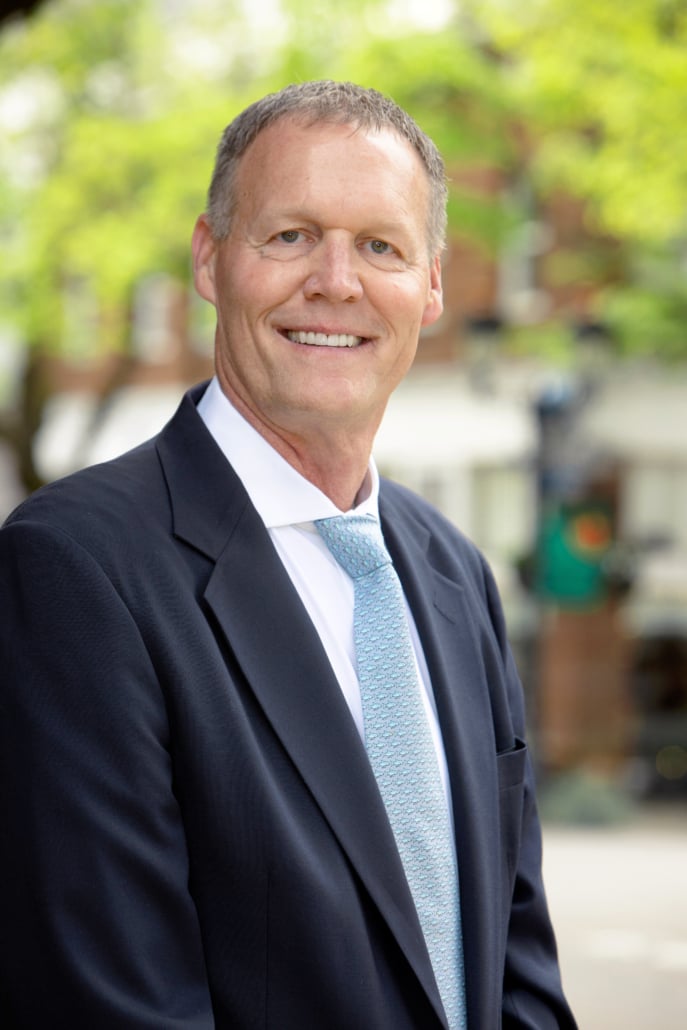Camas, WA — Friends and family are paying tribute to Marquita Call, longtime Camas Gallery owner, resident, and friend to many, who passed away in late August, at two Saturday events.
Call, known for her infectious smile, listening ear, honest advice, and love of family and friends will be honored Saturday, October 7 at a 2 pm memorial at Journey Church in downtown Camas. The public is also invited to a celebration afterwards at Shangri-La Farm in Fern Prairie (details below).
Call was born on April 23, 1943, in Vancouver, WA to Art and Lenora Gaiani (Bennett). She graduated from Camas High School in 1962, and forever be a Papermaker. She frequently spoke of her love for Camas, and never hesitated to share that love to anyone who entered the gallery. Family and friends often referred to the talk as the “Camas Wellness Talk.”
“Camas has a sense of wellness,” she always said. “People here care for each other, and support one another. My heart will always be here. I will forever be a Papermaker.”
And, she loved to sing the Camas High School Fight song.
Call owned the Camas Gallery for the past 14 years. She welcomed visitors to her gallery, located on 4th Avenue, with warmth and enthusiasm and freely shared her historical knowledge of Camas. One visitor claimed Marquita is to Camas what Dolly Parton is to Pigeon Forge, TN.
Call’s first job was at the Ideal Corner Cafe at the age of 15. She also worked at Dairy Queen with classmate Denis Hayes, the International Chairman of Earth Day. She and her friends started the first recycling center in Camas in the late 60s. She taught Sunday School at Zion Lutheran Church for 20 years, where her mother Lenora Gaiani served as superintendent. Her dad, Art Gaiani, built more than 50 homes in Camas. Her grandmother Marie Eymer played piano at the Liberty Theatre when it opened in 1927.
This reporter will always hold a special place in his heart for the great friend that Marquita is. Although she has left mortality, she is not gone, but simply ahead in the journey. She taught people to be strong, resilient, and brave. She was honest and forthright, and I loved giving her the scoop on breaking stories. We will miss her greatly.
She is survived in death by her husband of 28 years, Dennis, her two children, Tom Johnston (Tracy), Jennifer Senescu (Jim), 2 stepchildren Darren Call (Tekla), Denise Hibbard (Joe), sister MelodyGood, and brother Art Gaiani (Karen), and several grandchildren.
Immediately following Call’s service at Journey Church, guests are invited to Shangri-La Farm to celebrate her life. Park at rented Grove Field Airport parking lot in Fern Prairie, 632 NE 267th Ave., Camas, WA. Walk or take a ride on the Sunflower Mobile on a short trail through the woods to Shangri-La.







